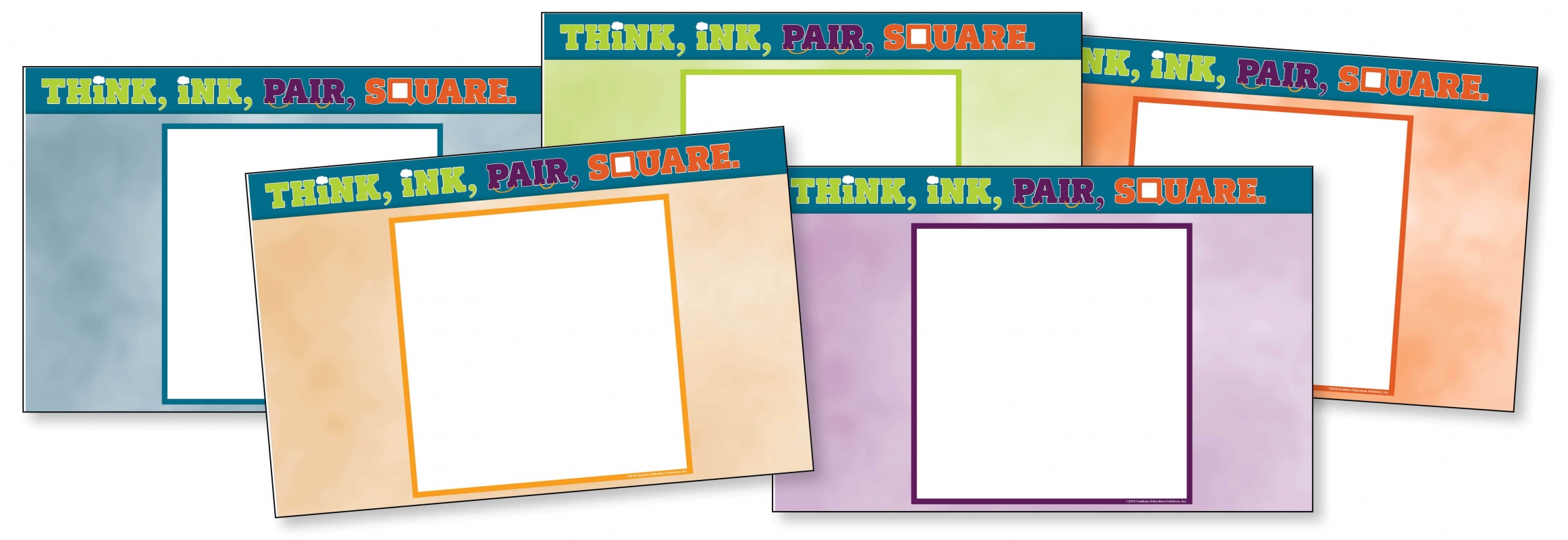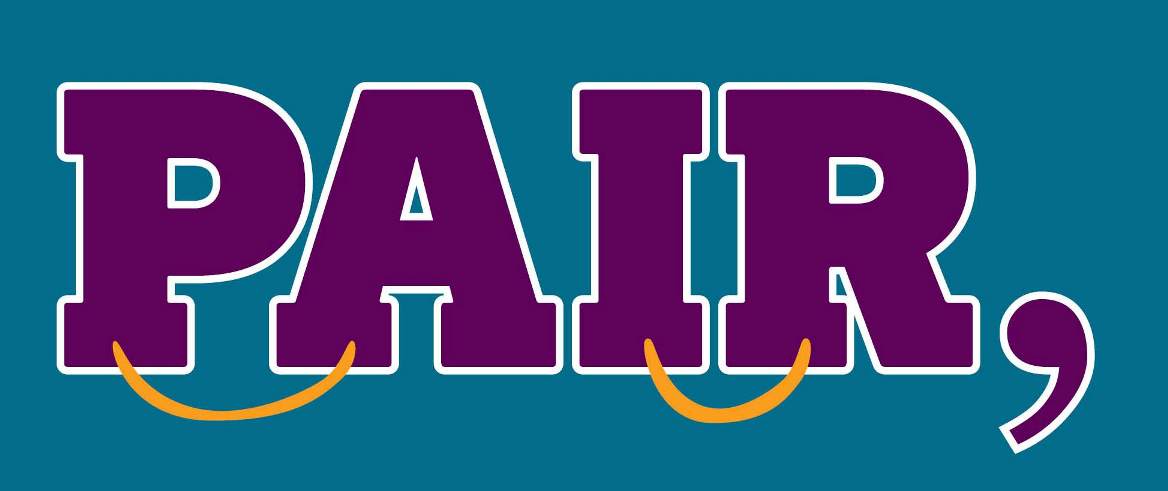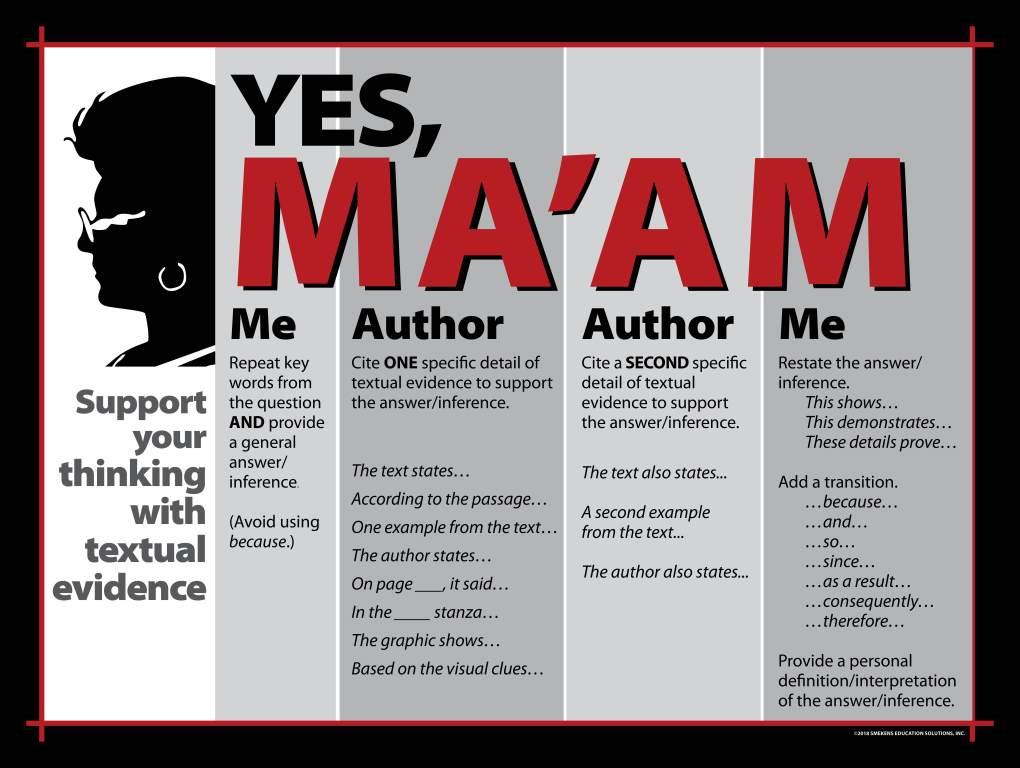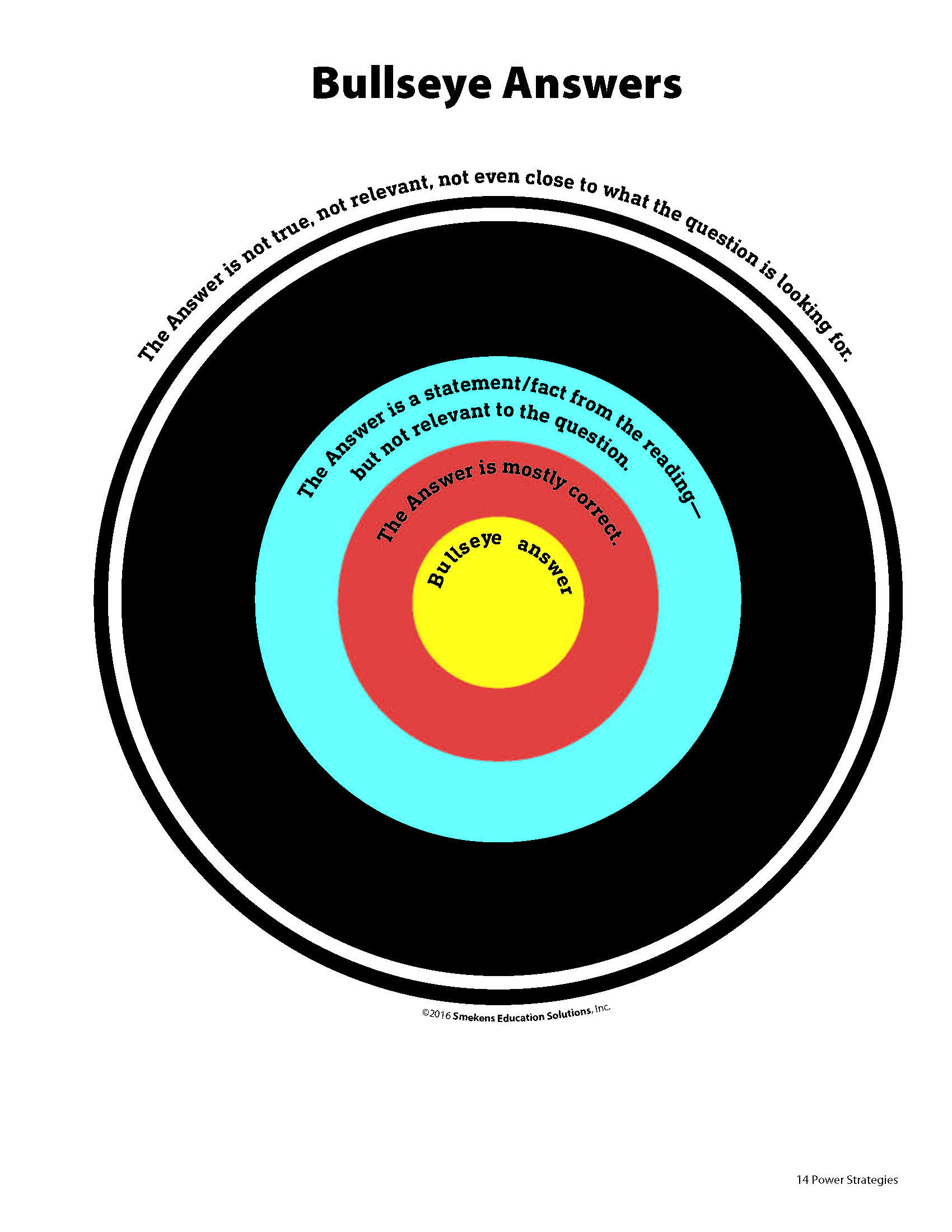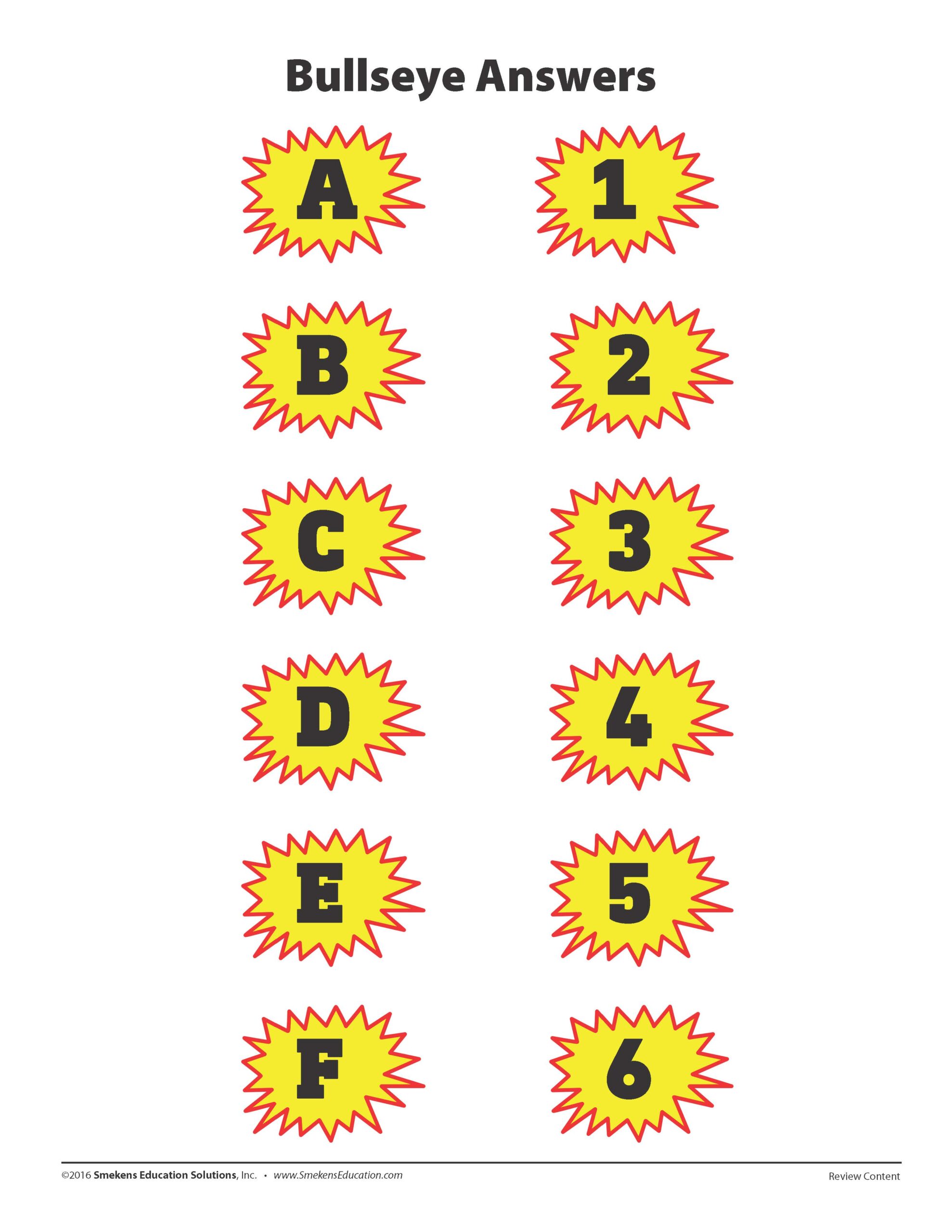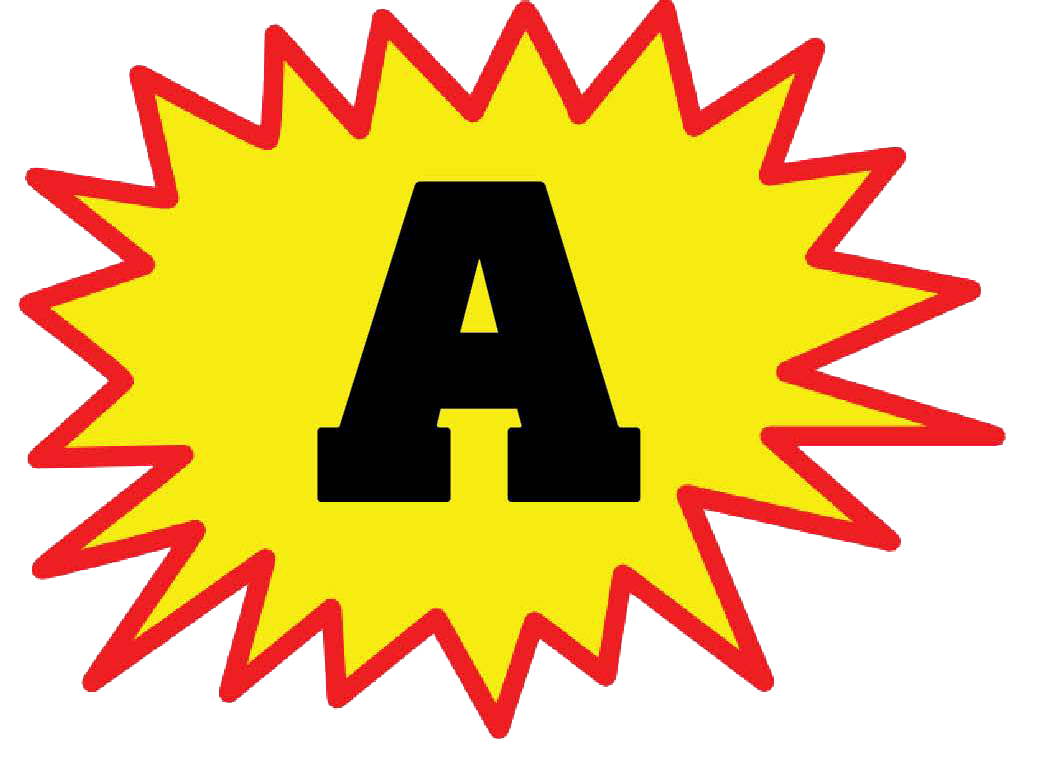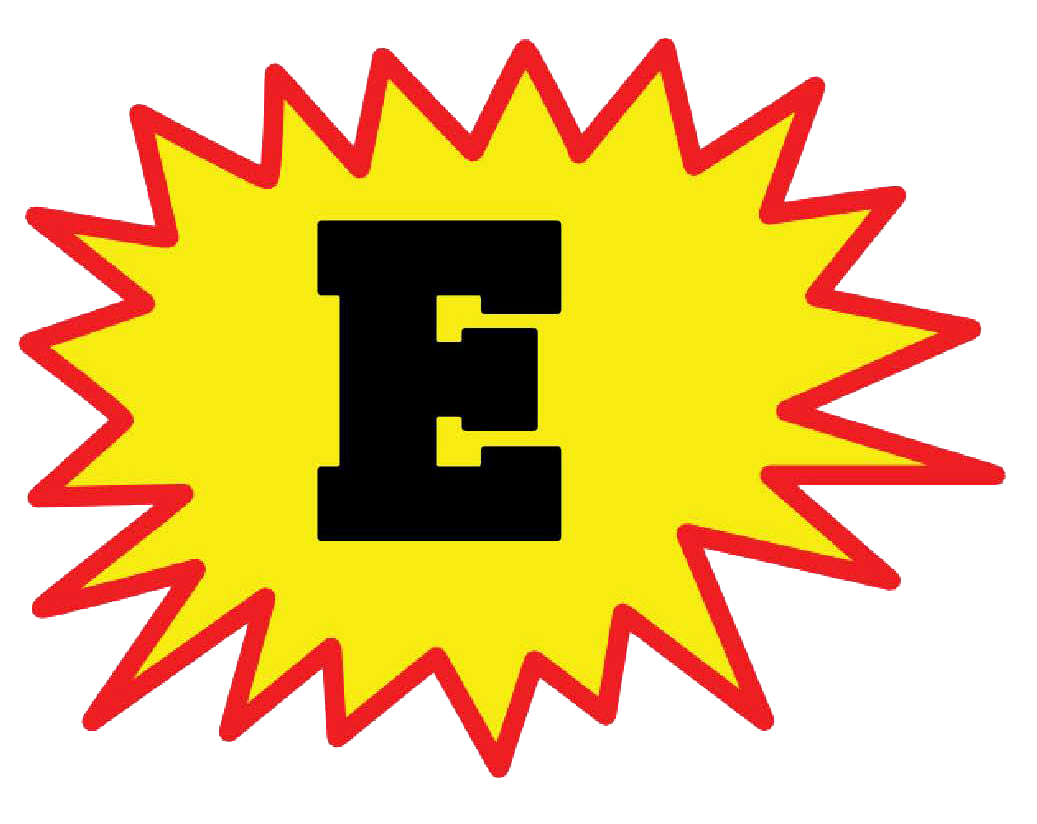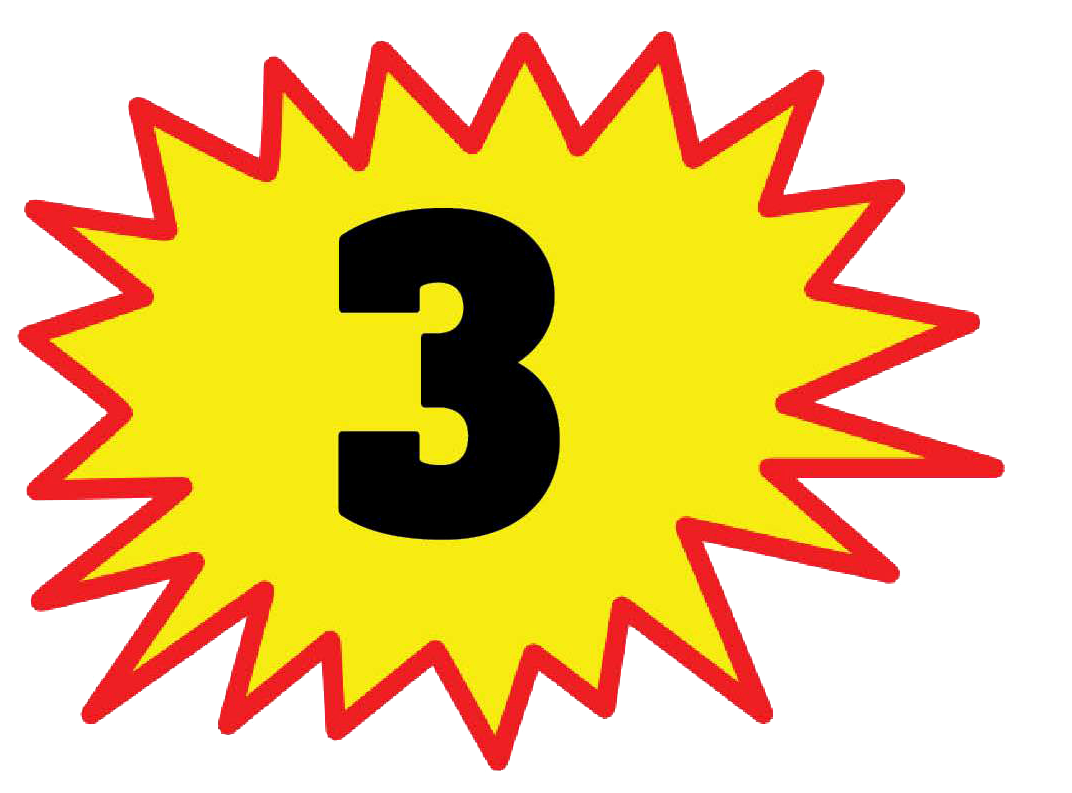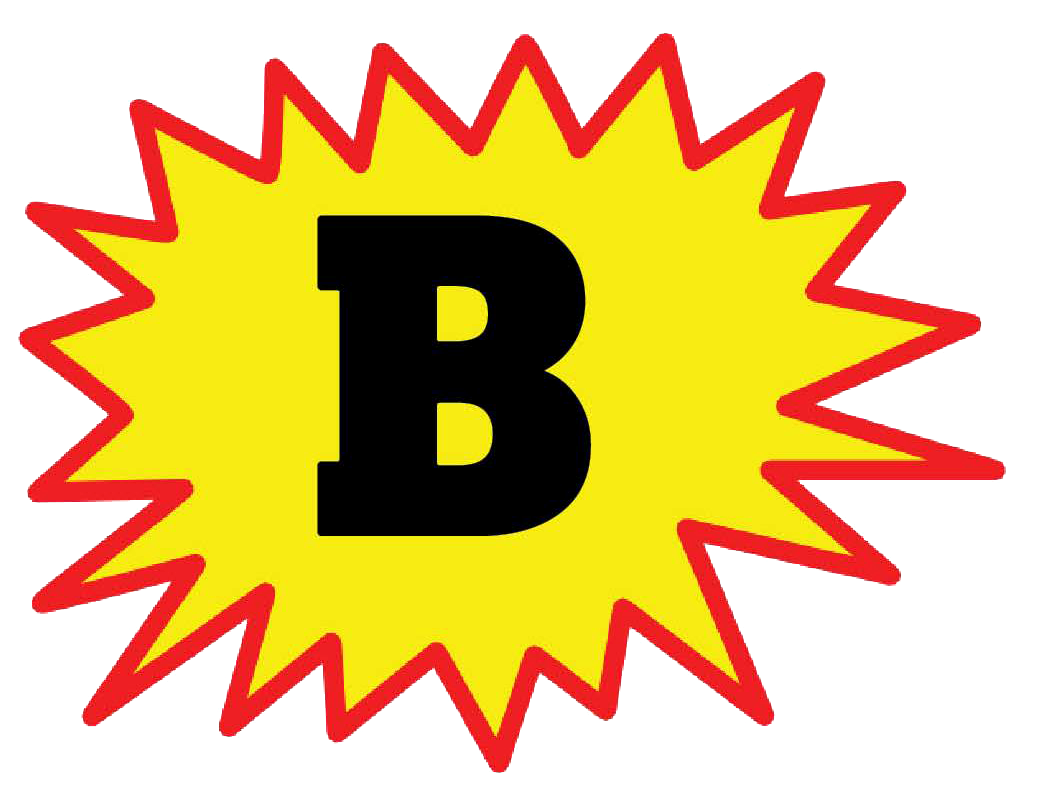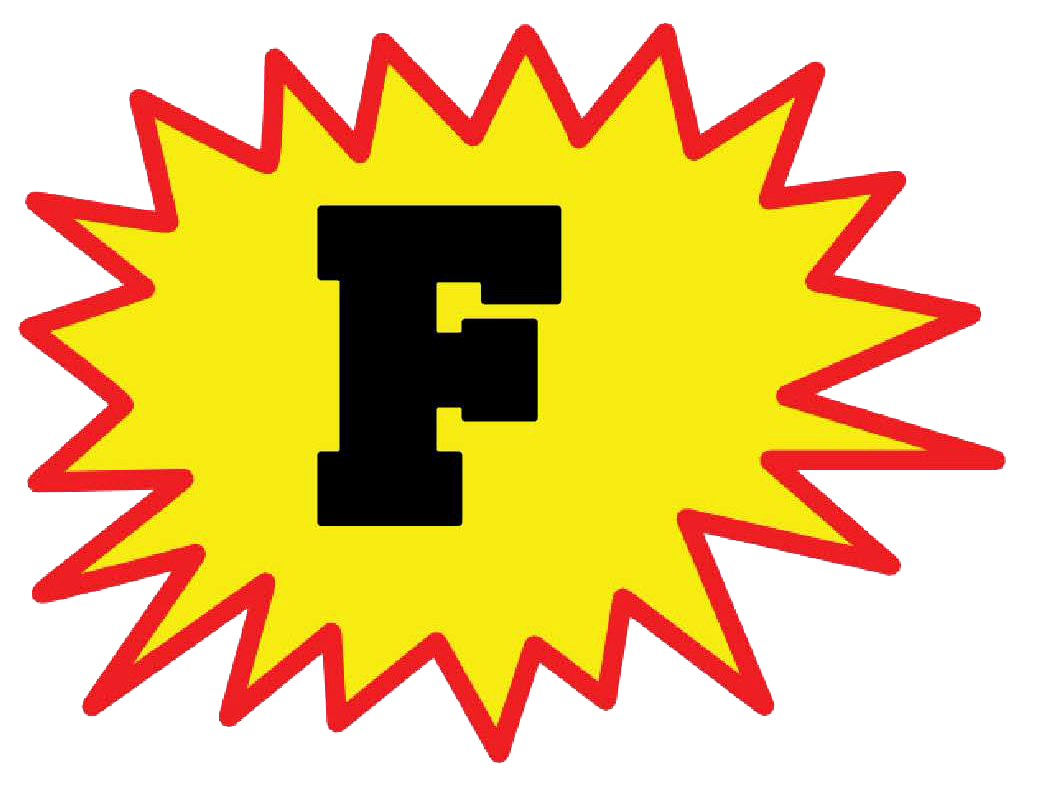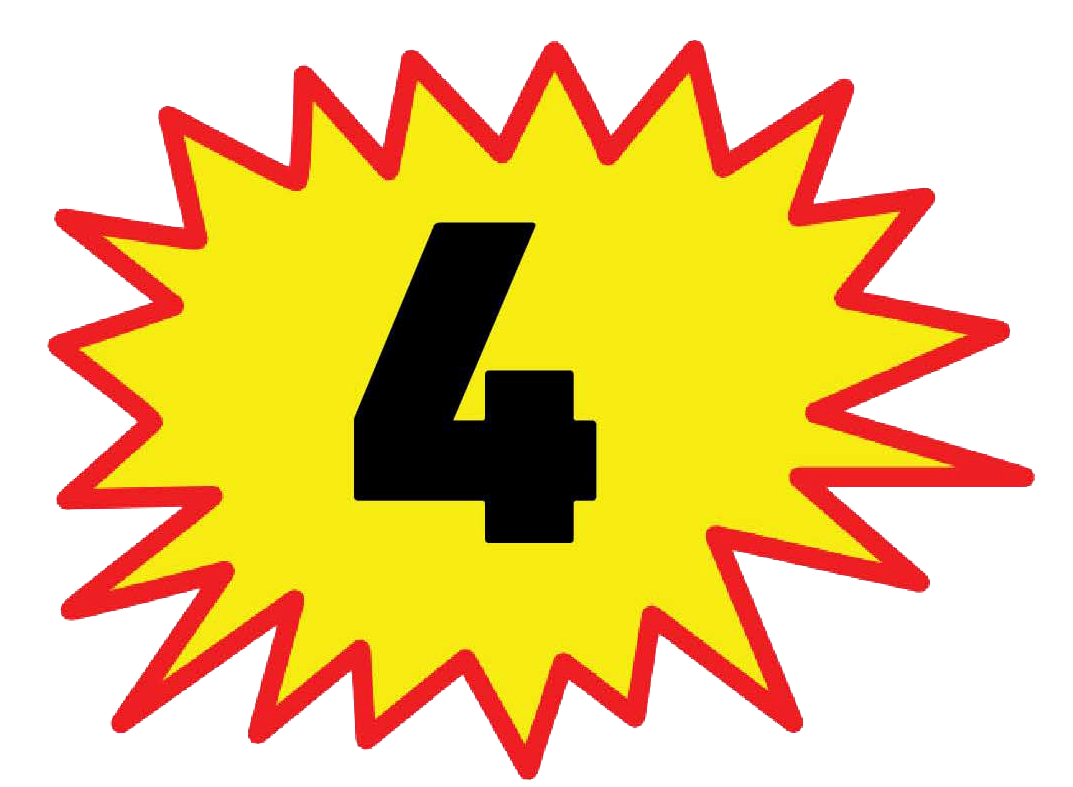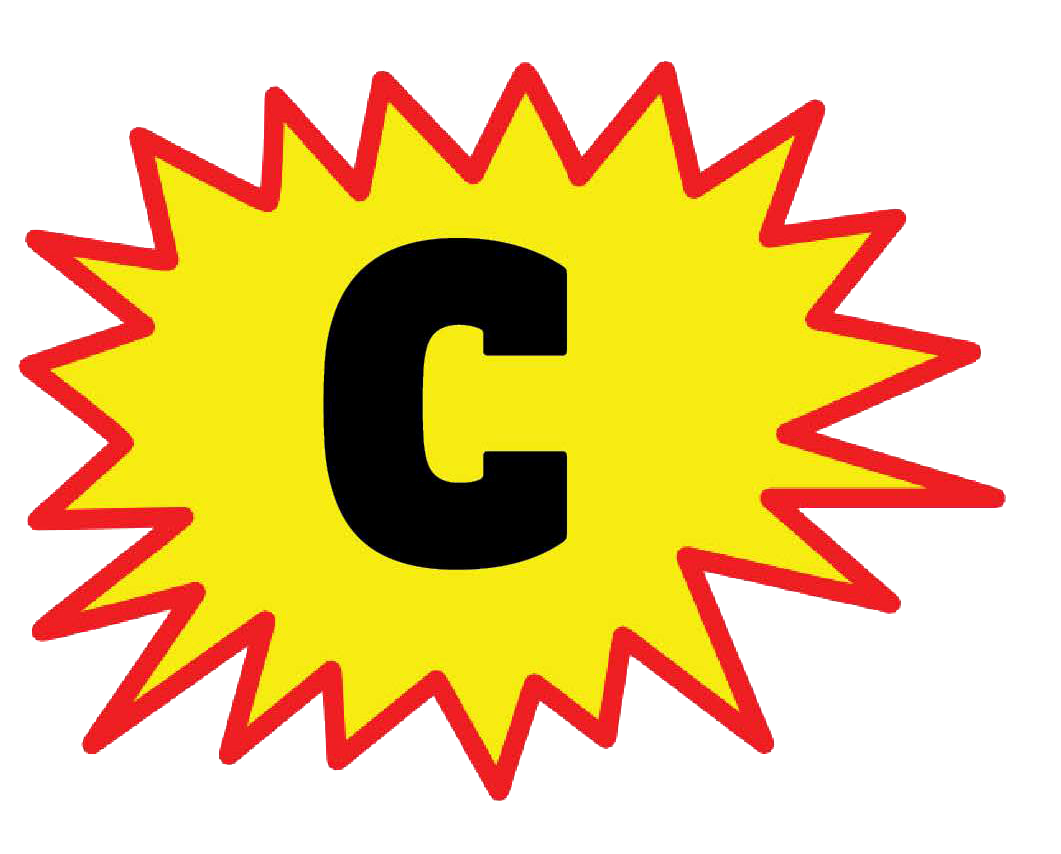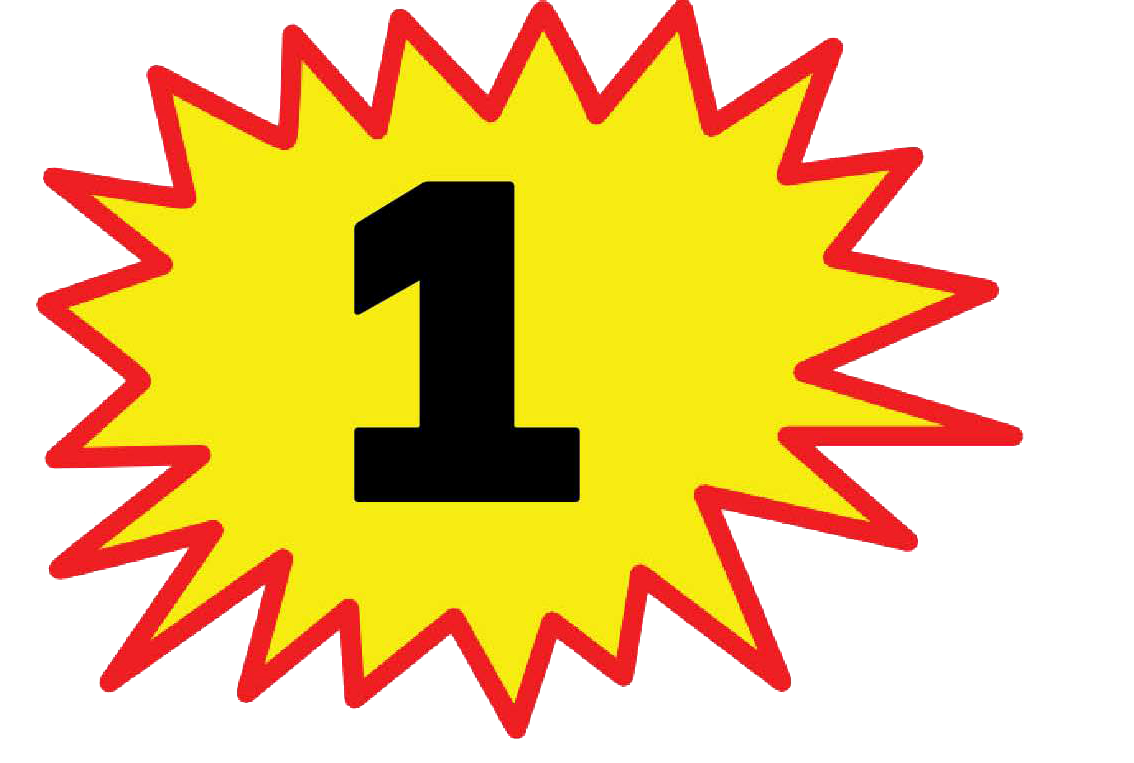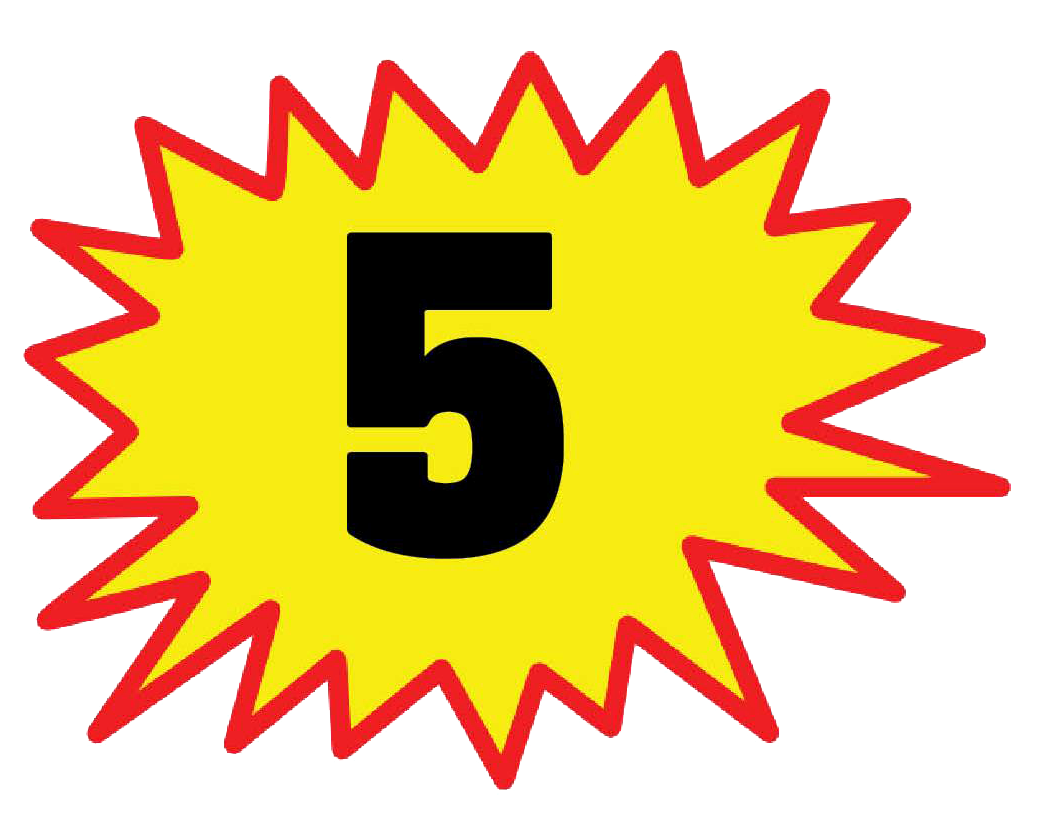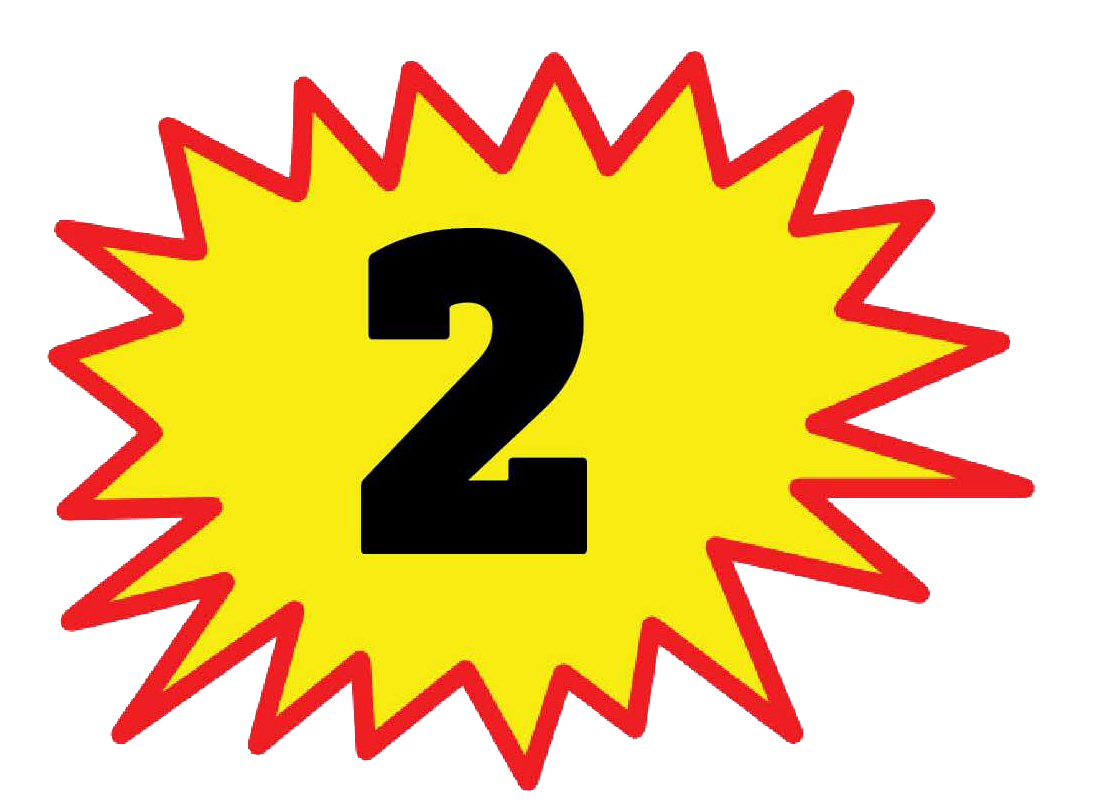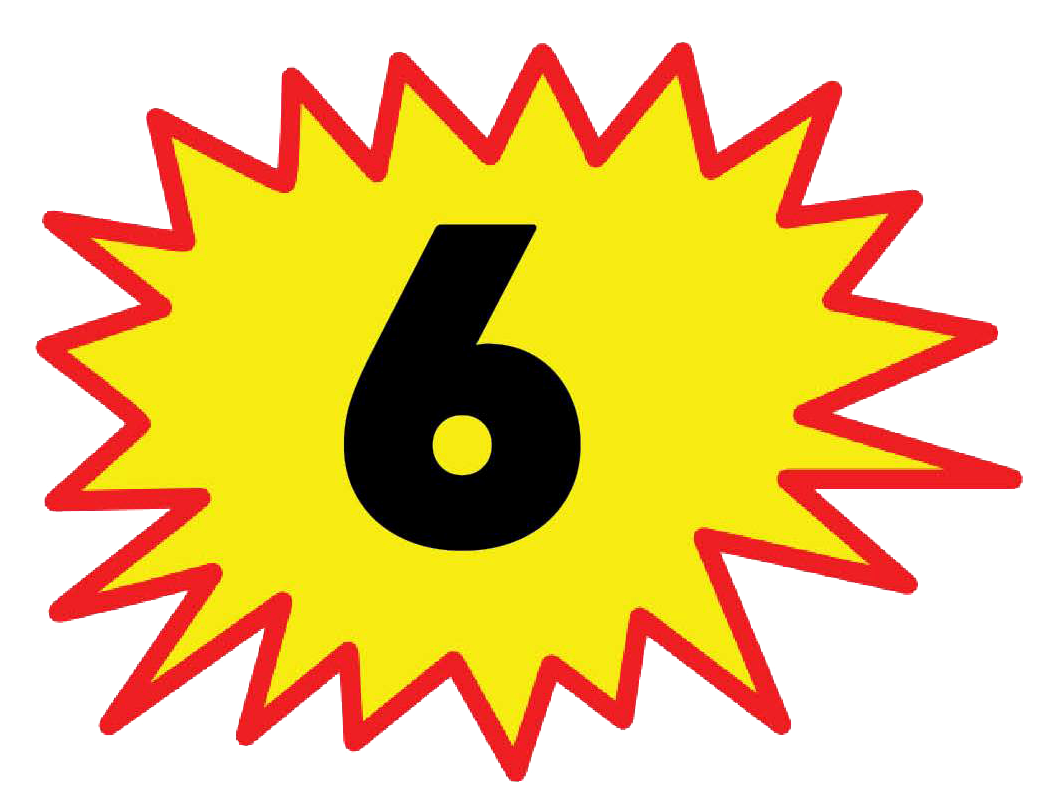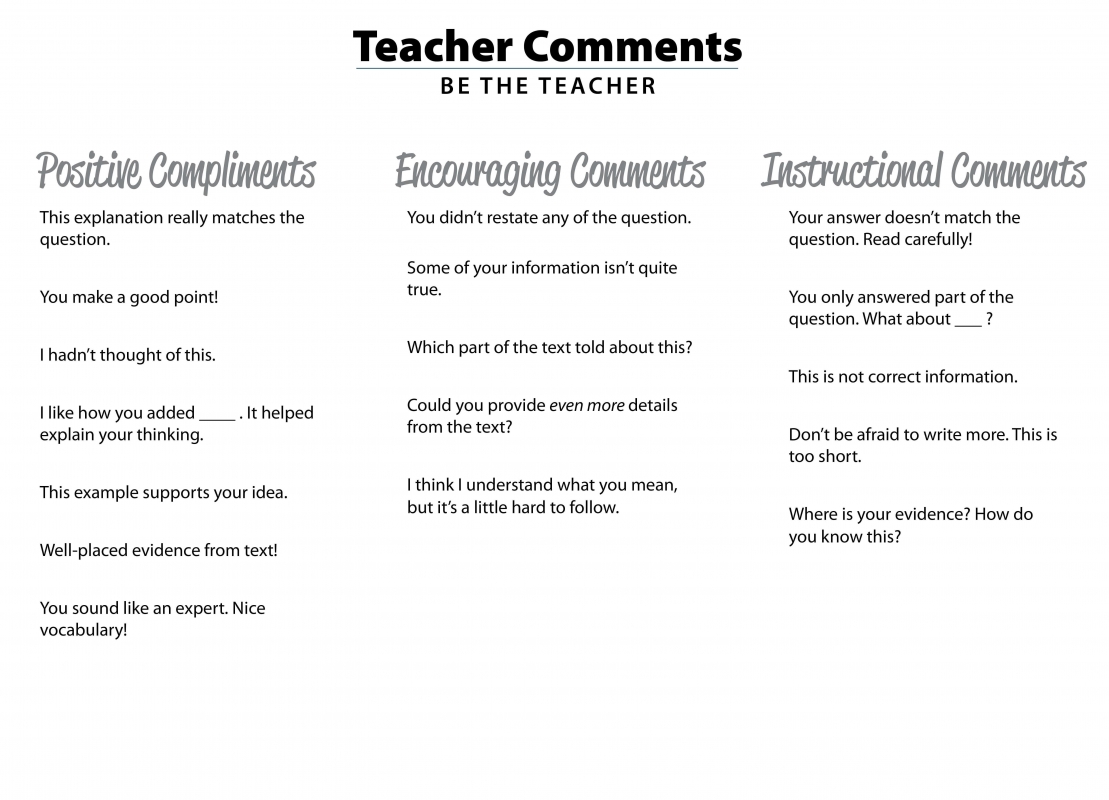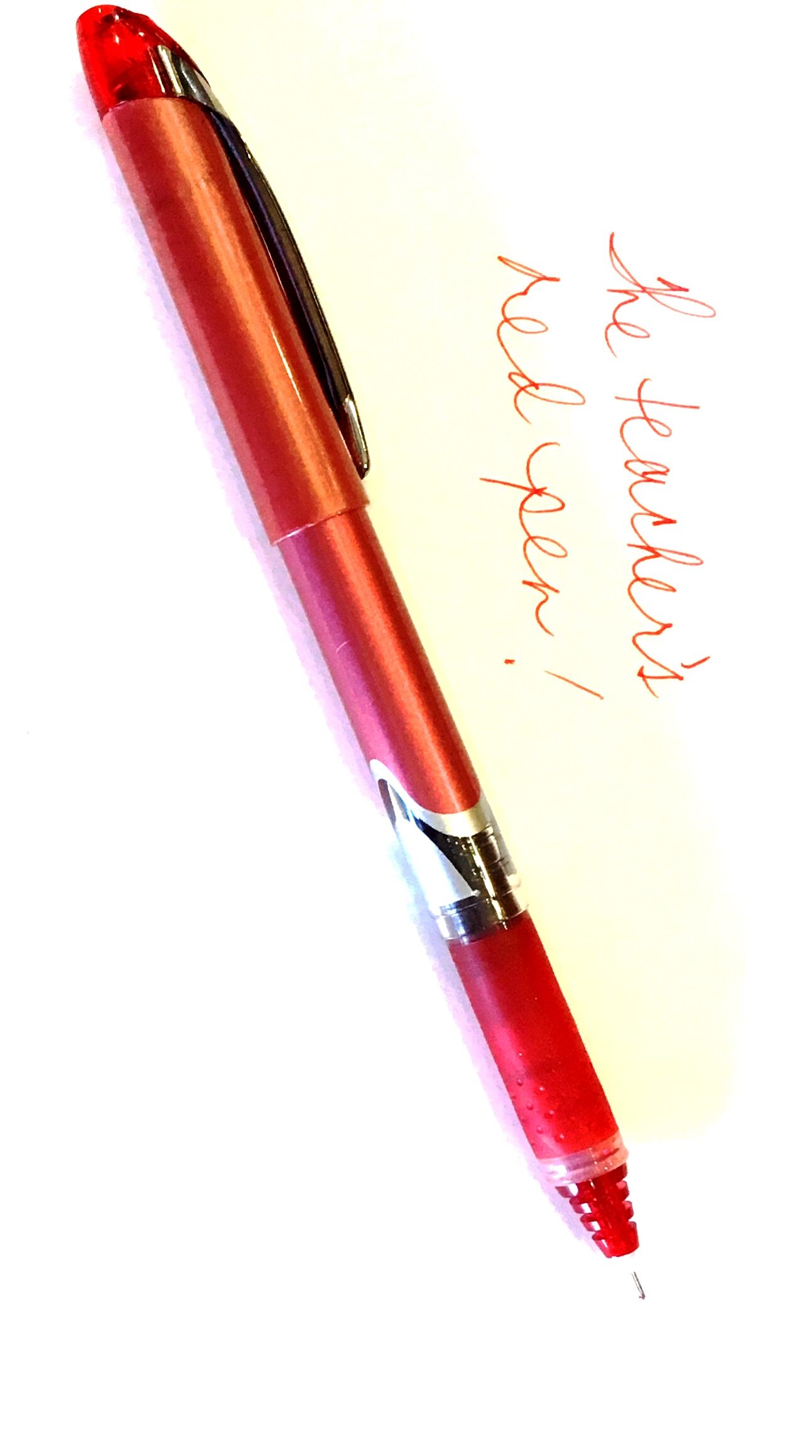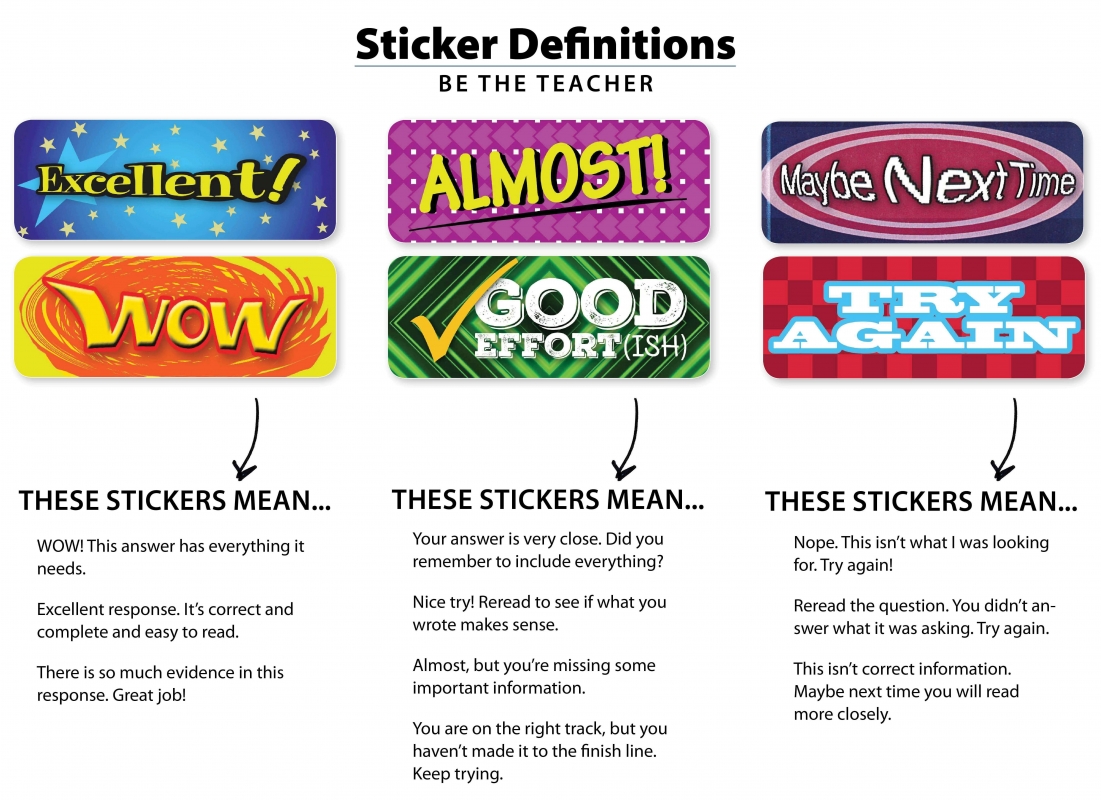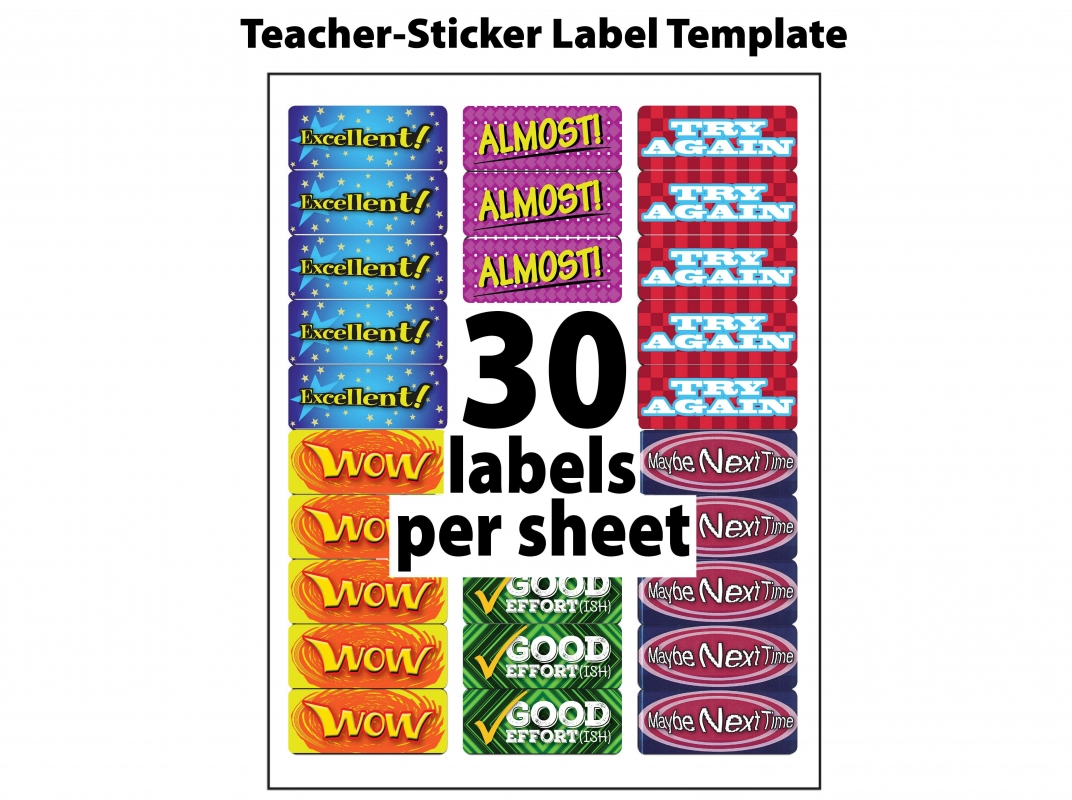Literacy Retreat 2016
SECRET SITE
Review Content with Engagement
The Woes of Review
Reviewing content can be frustrating for several reasons. It may take longer than you anticipated. The same students are participating (or hiding). The overall energy and enthusiasm is lacking. And the teacher can feel like he/she she is doing all of the work.is doing all of the work.
Ramp Up Review
One of the leading experts on content review strategies, Terence Favero, outlines some of the strengths and weaknesses when reviewing content in his article “Test Review Sessions: A Better Design.”
Stand Up • Sit Down
STAND UP—Discuss the answer to a review question while executing the designated method of delivery.
SIT DOWN—Teacher shares (e.g., I heard…), confirming information and clarifying understanding, as needed.
ROTATE & REPEAT.

Grade 2 Content Review
Review how voting affects communities.
Review how businesses help communities.
Review how money moves through communities.
Grade 4 Content Review
Review the advantages of railroads.
Review Indiana entrepreneurs.
Review immigrants’ affect on the economy.
1 • 2 • 3 Show me

The easiest way to up participation during content review is to incorporate the 1-2-3 Show Me strategy in your Q&A session. Download a set of the Hold-Up cards and make a laminated set—one per student. With the cards on a ring, students flip to their answers, hide their selections, and wait for the teacher to say “Show me.”

The same strategy can be applied with whiteboard apps on their individual devices. Rather than choosing a laminated card, students write their answers on the whiteboard. Then they reveal their screens when the teacher says “1, 2, 3 Show Me.”
Plickers is another instant-poll option that does NOT require all students to have digital devices. Check out this slideshare explanation by Nadine Gilkison, District Technology Integration Specialist K-12 Franklin Township Schools.
Answer of the Day
Answer of the day was originally shared through Really Good Stuff. It was intended to be a one-part review activity that could be incorporated into your morning-work/bell-work routine. Initially, when teaching this strategy, you may want to do just that. Work on one term at a time (rather than 3-4 as shown in the video below). This allows students time to get familiar with the process of writing meaty “teacher” questions that demonstrate what they know.
PART 1: WRITE THE QUESTION
- Smartboard document used in the video.
- PDF version of the resources used in the video.
- As part of bell work or morning work, each student generates a question on a sticky note.
- Project a single all-class version or have students write out multiple questions for the same “answer.”
- Graphics to create your own digital resource: Answer of the Day JPEG | What’s the Question? JPEG | Box JPEG
PART 2: ANSWER THE QUESTION
When students are more efficient at generating questions and you want to review multiple words at a time, then apply Part 2 of this activity. After writing questions for several terms, then ask some of their own questions and see if they can answer them.
ABC Chart Carousel
- Purchase poster-size (18″ x 24″) ABC Charts for $3 each.
- Download an ABC Chart as a Word document.
- Download an ABC Chart as a PDF.
- Download the ABC Chart Smartboard version.
If this review strategy is executed in the middle of a unit (rather than right before an assessment), take a photo of each chart. Students could insert the images into their digital notebooks or spiral notebooks as a foundation for additional note-taking.
Graffiti Wall

Call students to the board, three at a time.
- They each write one word associated with the larger concept on the board.
- They choose their colors and how they write the word.
- The different colors and “fonts” make the board come to life like a wall of colorful graffiti.
- NO REPETITION ALLOWED!

PART 1: Students add words to the Graffiti Wall.

PART 2: Pairs discuss terms from the Graffiti Wall.
Think, Ink, Pair, Square
Build your own digital document using the T.I.P.S. graphics.
Grade 2 Classroom Activity
Explain the facets of a strong constructed response with the Yes, MA’AM formula.
Top 5
This strategy is ideal for older students and lots of content.
- PART 1–Students come to a consensus on the 5 most important concepts from the unit/semester.
- PART 2–Groups generate test questions for the Top 5 categories.
- PART 3–Ask and answer their test questions while reviewing content.
View the results when 100 teachers were asked to name something new teachers should know before beginning their first year of teaching.
Bullseye Answers
While reviewing any content, improve students’ abilities to determine the best “bullseye” answers in multiple-choice situations. More than just “picking the right answer,” students are problem solving and thinking critically. Barb Mahnesmith challenges her fifth graders to consider clue words or signal words that they notice in multiple-choice questions to prepare them to select the right answer(s).
Download a Smartboard version of the target and starburst answers.
Download a Promethean Board version of the target and starburst answers.
Build your own digital document or print oversized graphics for whole-class activities using the graphics below.
Be the Teacher
This strategy gives students an opportunity to evaluate constructed-response answers as a test scorer, rather than always answering them as the test taker. Students carefully read the prompt/question that is based on content recently studied. Then they read student responses and determine if the response is strong or weak.
Make this activity more fun by providing students some teacher tools.
Set Personal Testing Goals
Before the big standardized assessment, have students envision the Test Lady who scores their responses. Have them set goals for their own written responses.
Barb Mahnesmith does this goal-setting within the video below. She asks her fifth graders (before administering a practice test), What are you going to do differently this time? What do you want to remember to do when taking this practice test? They note those personal goals at the top of their testing booklets.











